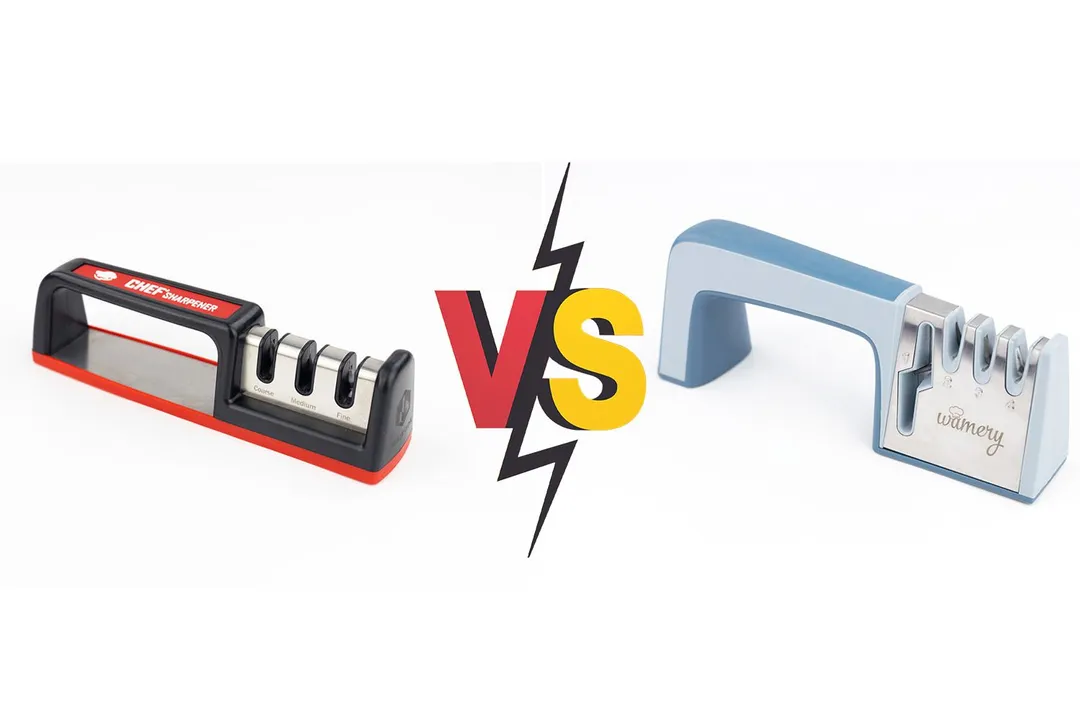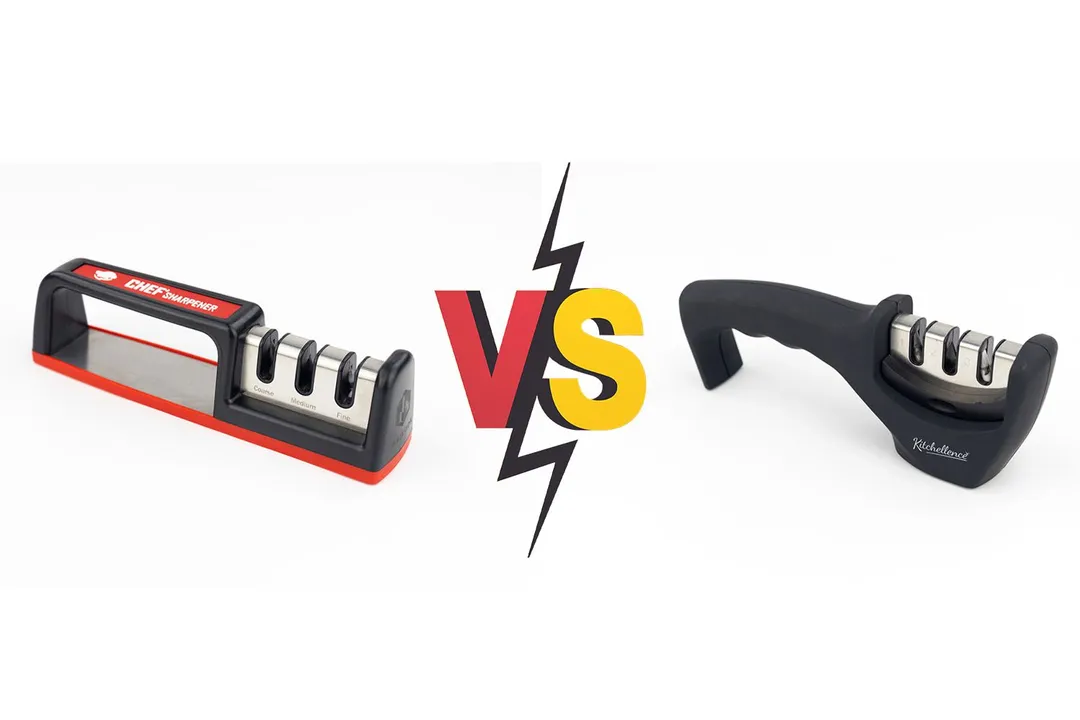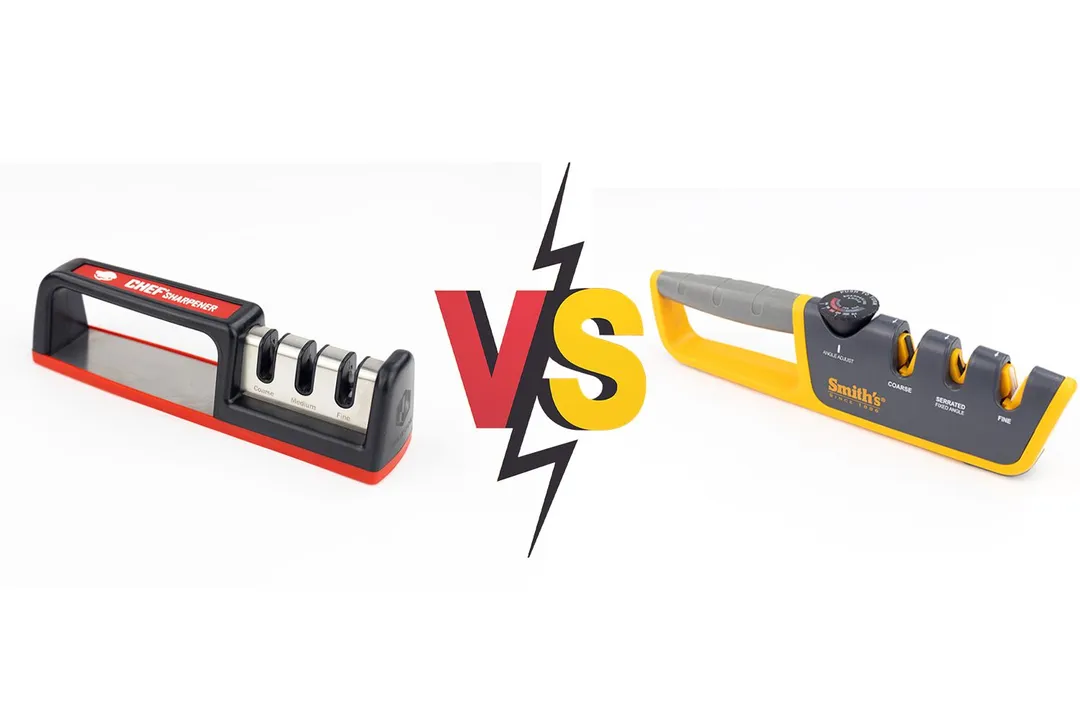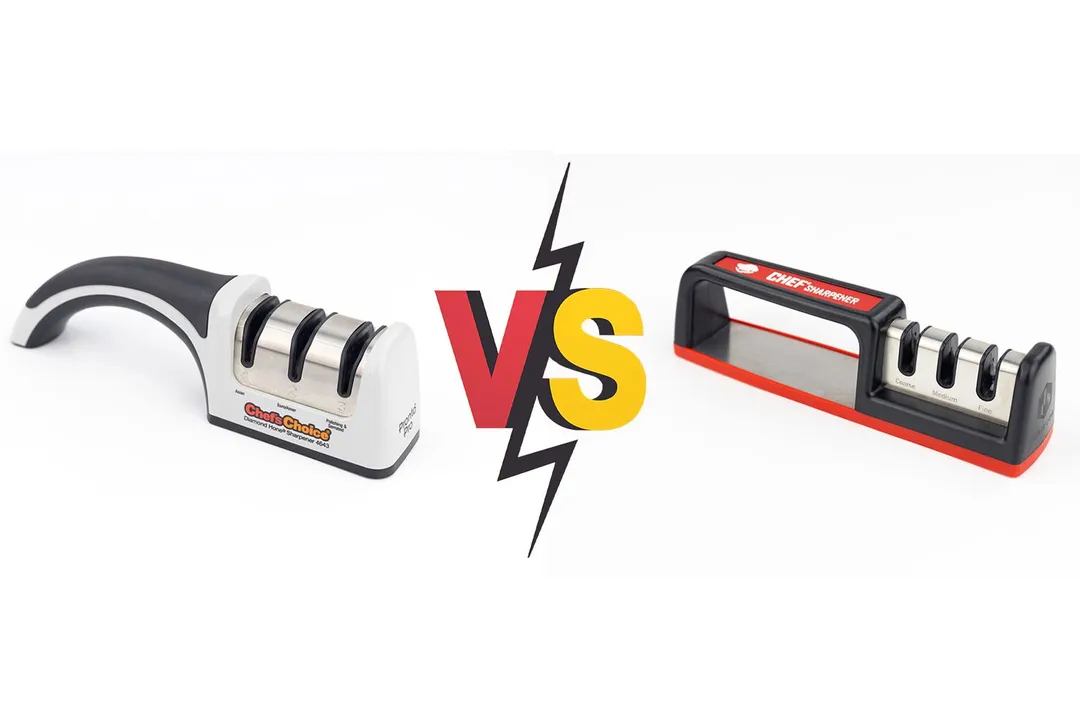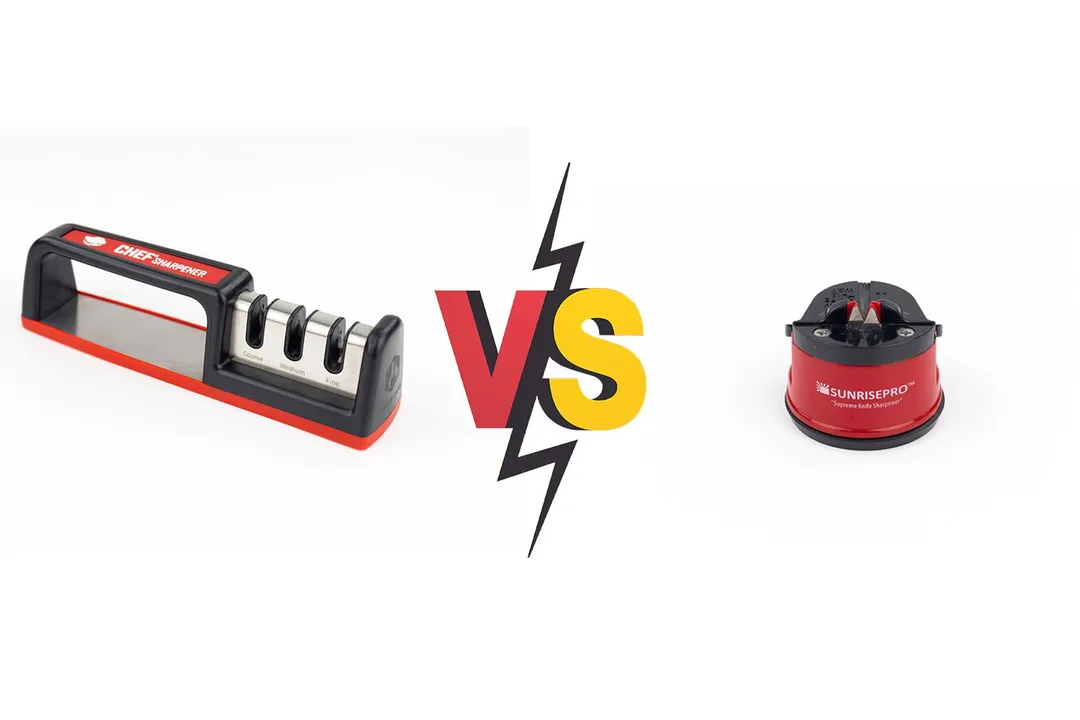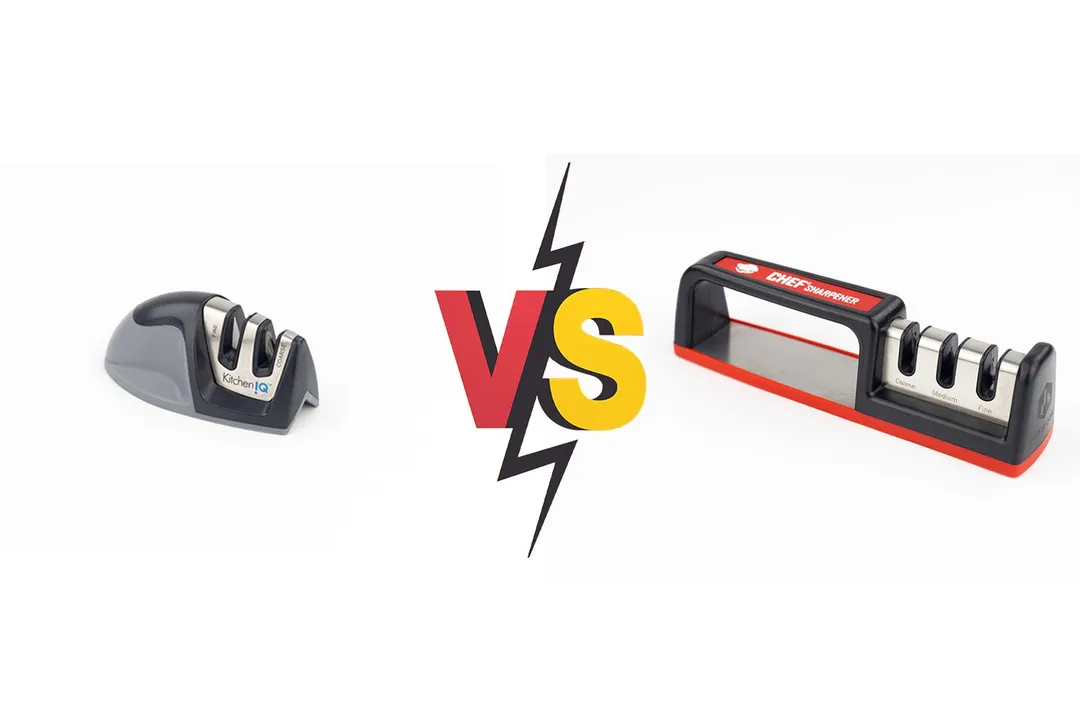Our recommendations are made independently through Research & Testing. We may receive commissions from purchases made via our links.
Cubikook CS-T01 3-Stage vs. Zwilling 4-Stage Manual Sharpener Side-by-Side Comparison
Cubikook CS-T01 3-stage vs. Zwilling 4-stage manual sharpener. Our tests proved the former to be the better choice.
Cubikook CS-T01
Tested Using Methodology v1.1Zwilling Henckels
Tested Using Methodology v1.1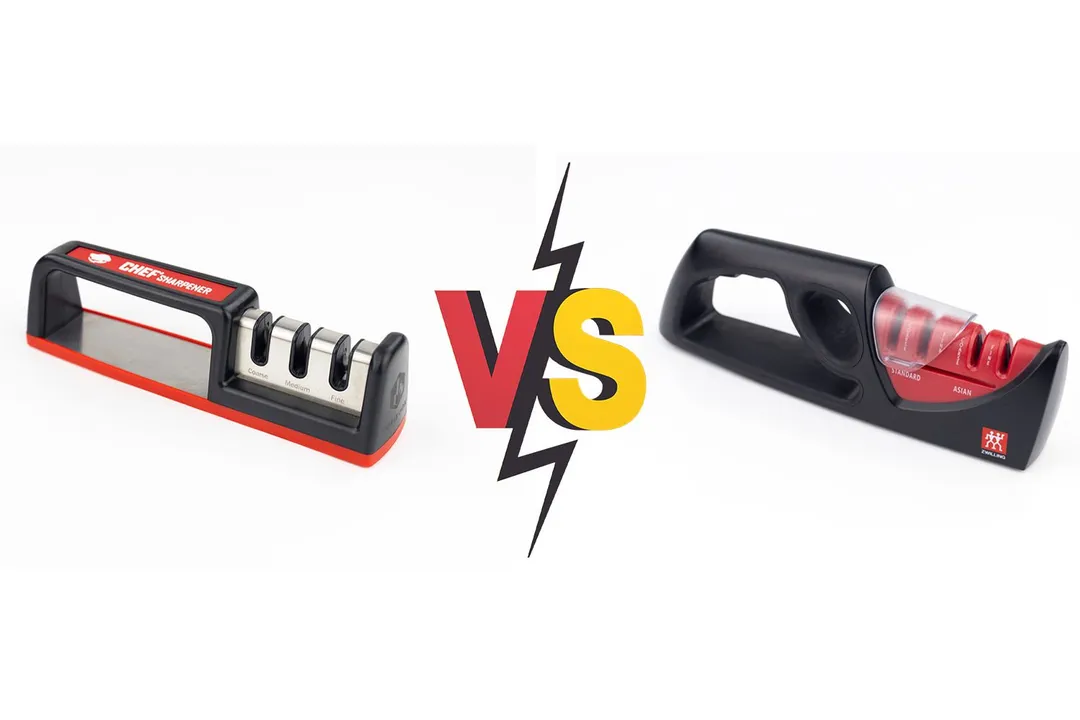
Overall Verdict
The Cubikook CS-T01 3-stage may not have the same fancy features that the Zwilling 4-stage sharpener offers, but that didn’t stop it from outperforming the latter in our tests.
The Cubikook CS-T01 sports a function-oriented design, with a sturdy body, a wide base, and a low center of gravity. This helps it maintain great stability during sharpening. Its abrasives, although looking rather modest in size, did a great job sharpening the knife and left a sharp, smooth, and even edge.
The Zwilling sharpener accommodates both Asian and standard knives and boasts that it can put an edge on your knife after “a few strokes”. However, its performance didn’t quite match up with what we expected from a Zwilling product. It took a long time to sharpen, shaved off a considerable amount of knife material, and couldn’t achieve the same level of sharpness the Cubikook offered.
Pros & Cons
- Excellent stability
- Affordable price
- Consistent sharpness
- Solid and sturdy construction
- Substantial weight
- Sharpens both Asian and standard knives
- Strong build, high-quality body material
- Slot cover
- Beautiful design
- Small ceramic rods
- Flaky brand label
- Brittle sharpening blades
- Anti-slip pad doesn’t fully cover the base
- Awkward grip
Key Specs
Where to Buy
*You help support HealthyKitchen101's product testing and reviews by purchasing from our retail partners.
Analysis and Test Results
Performance
Sharpening Time to Cut a Lemon
Material Retention
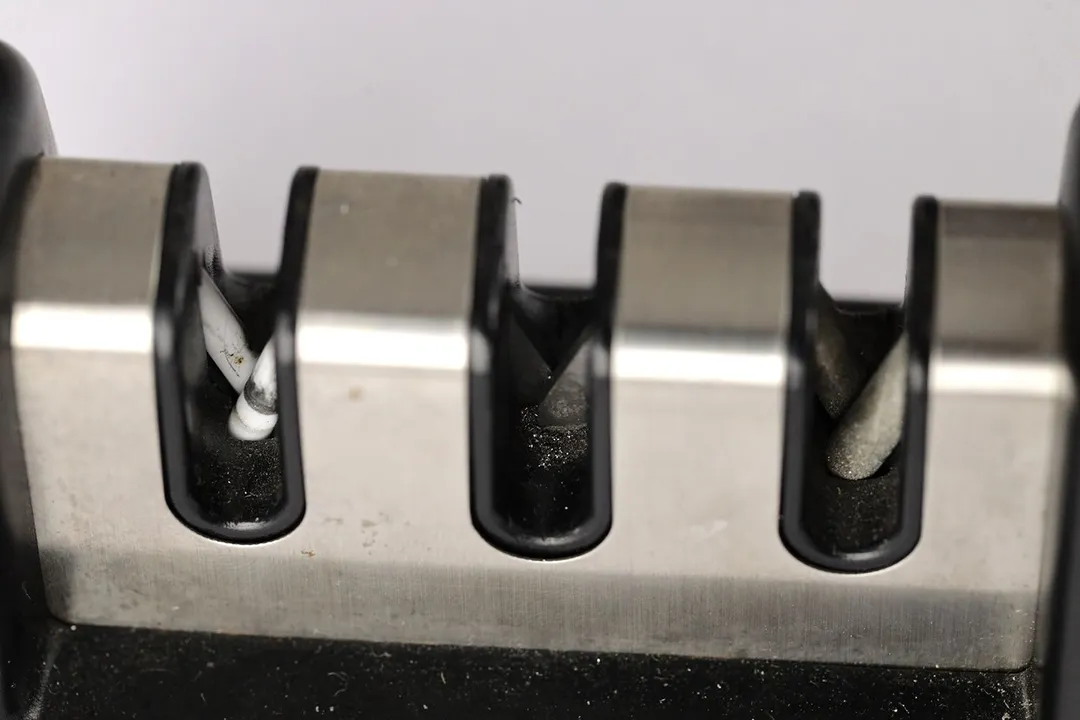
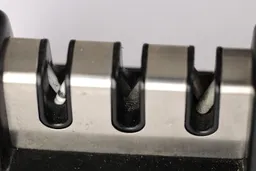
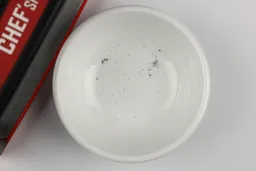
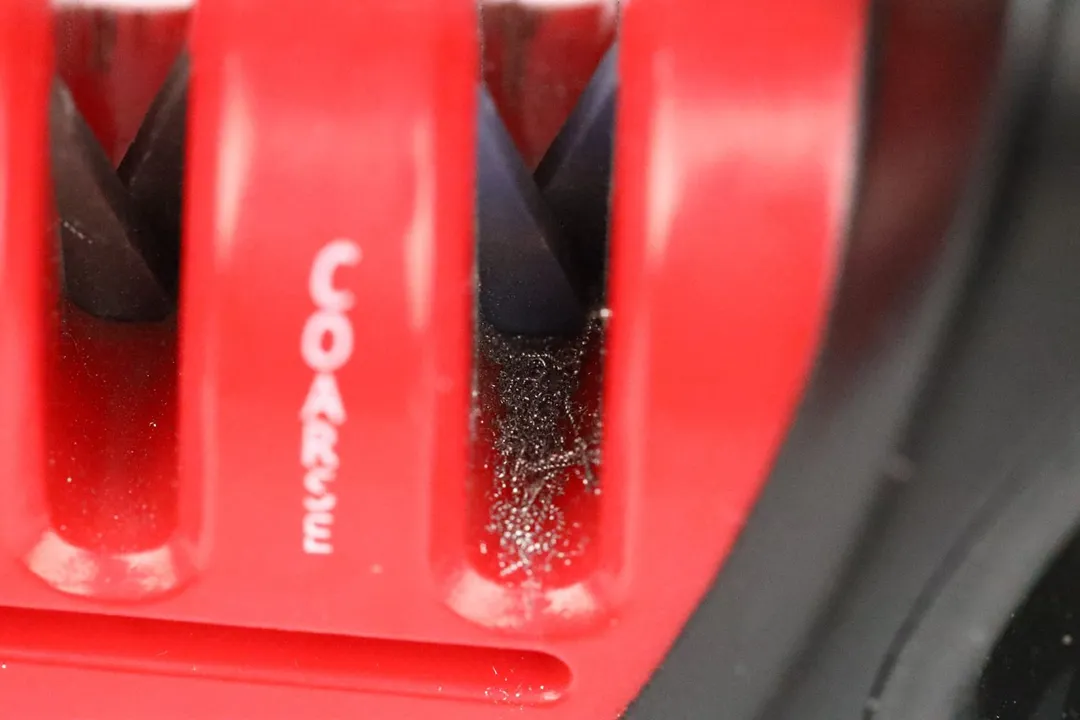
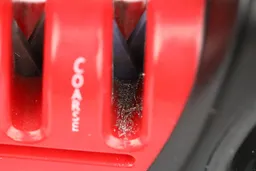
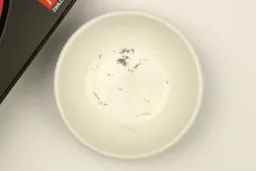
Maximum Sharpness Achieved
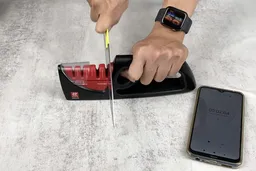
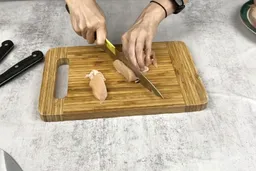
Edge Smoothness

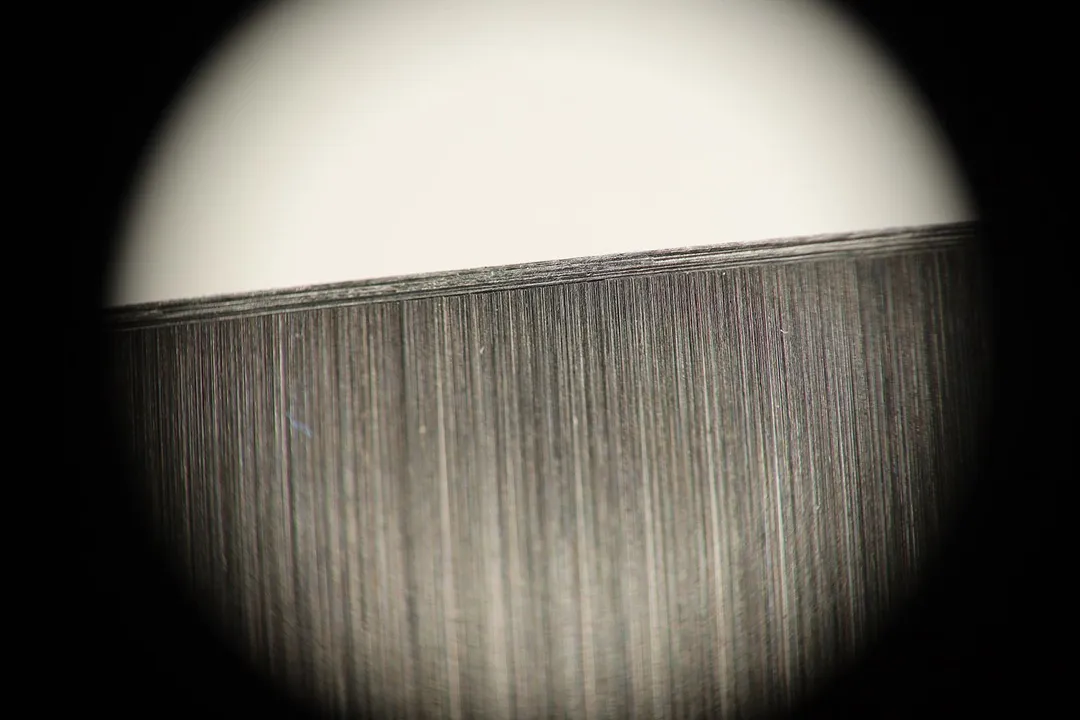
Design
In the Box
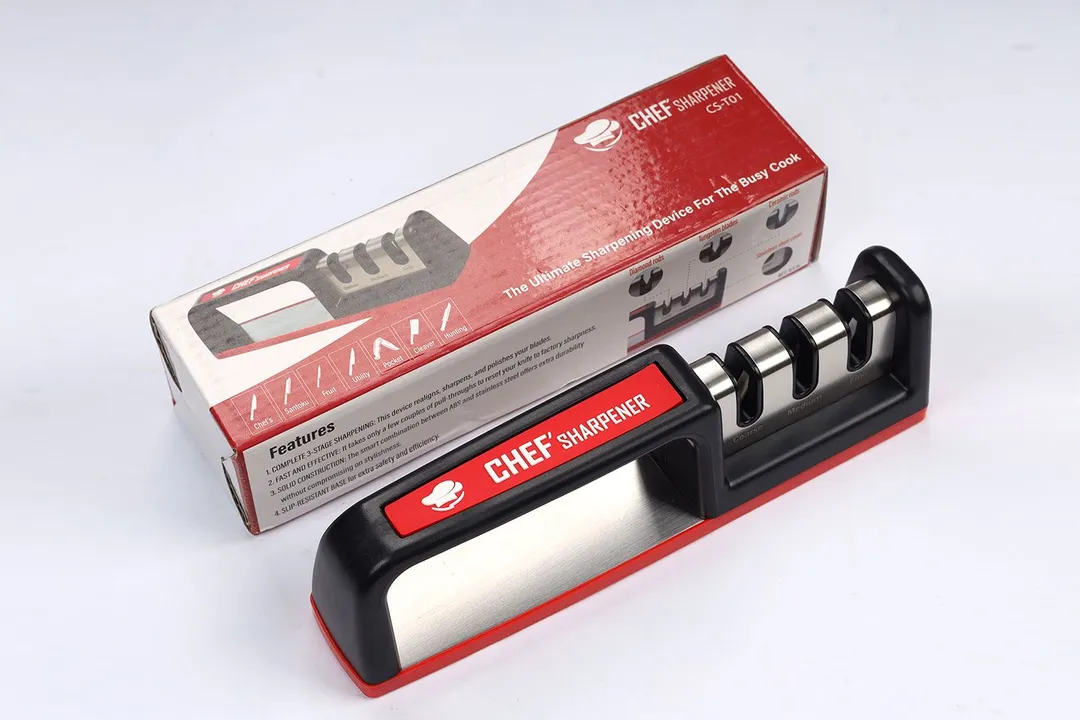
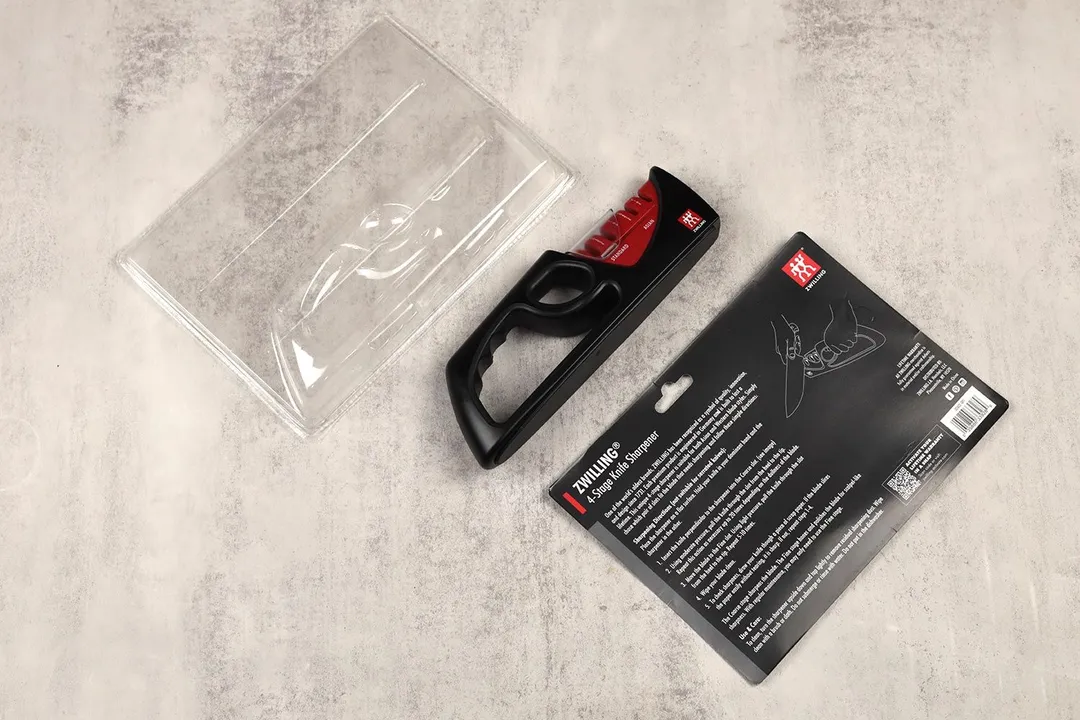
Dimensions
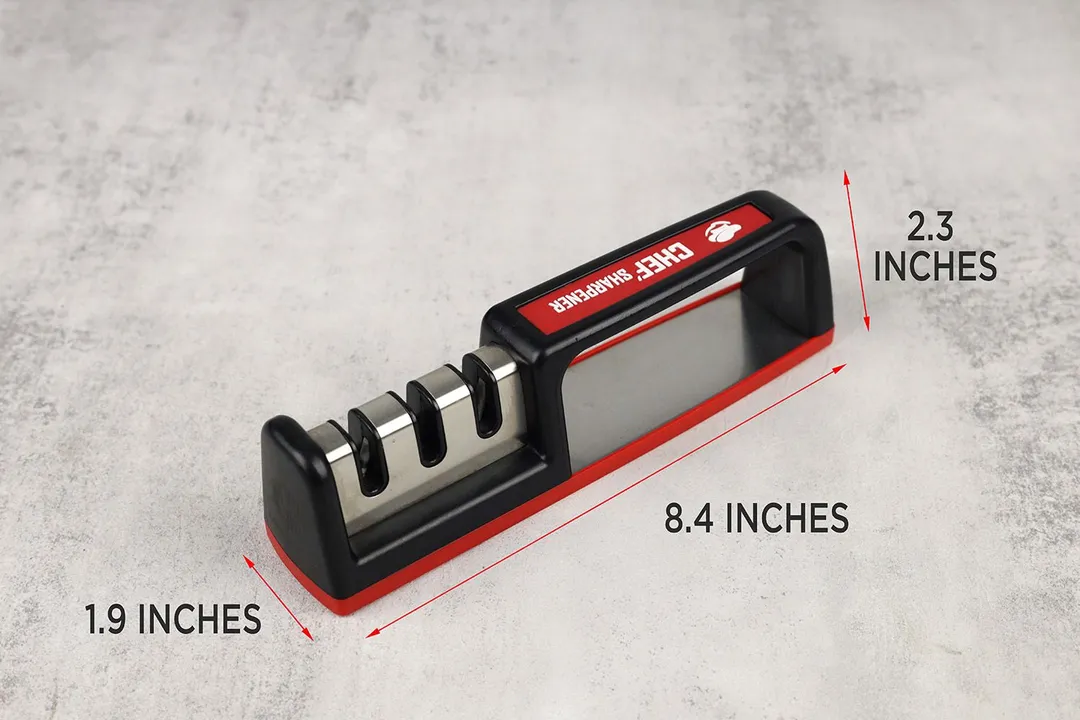

Build Quality
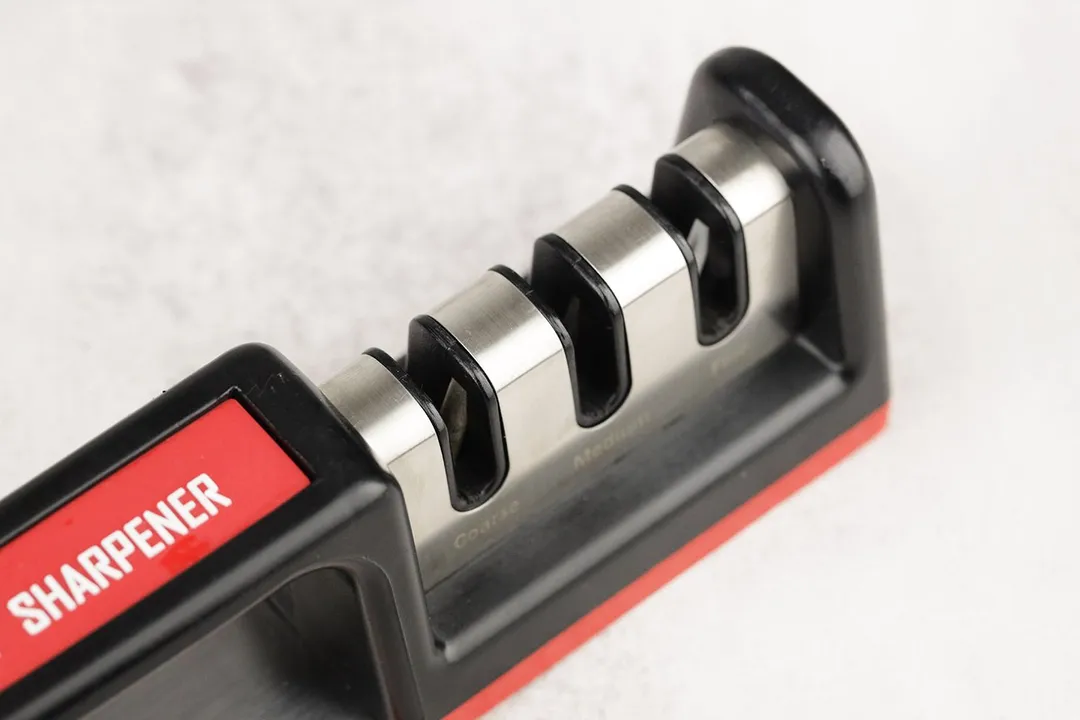
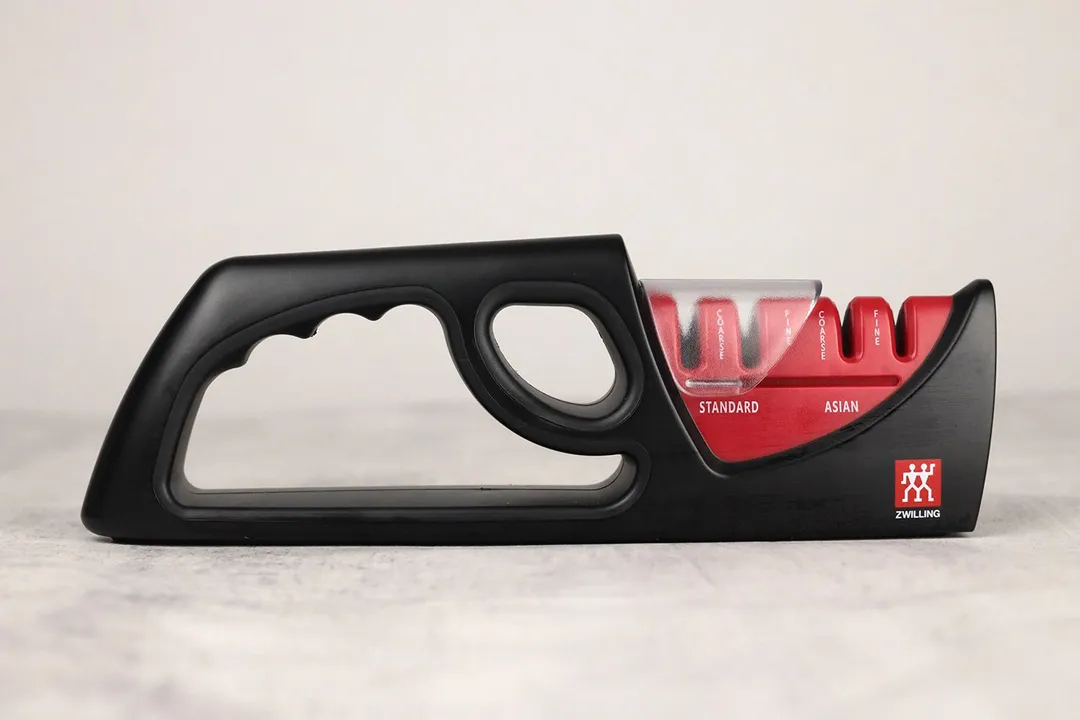
Working Section
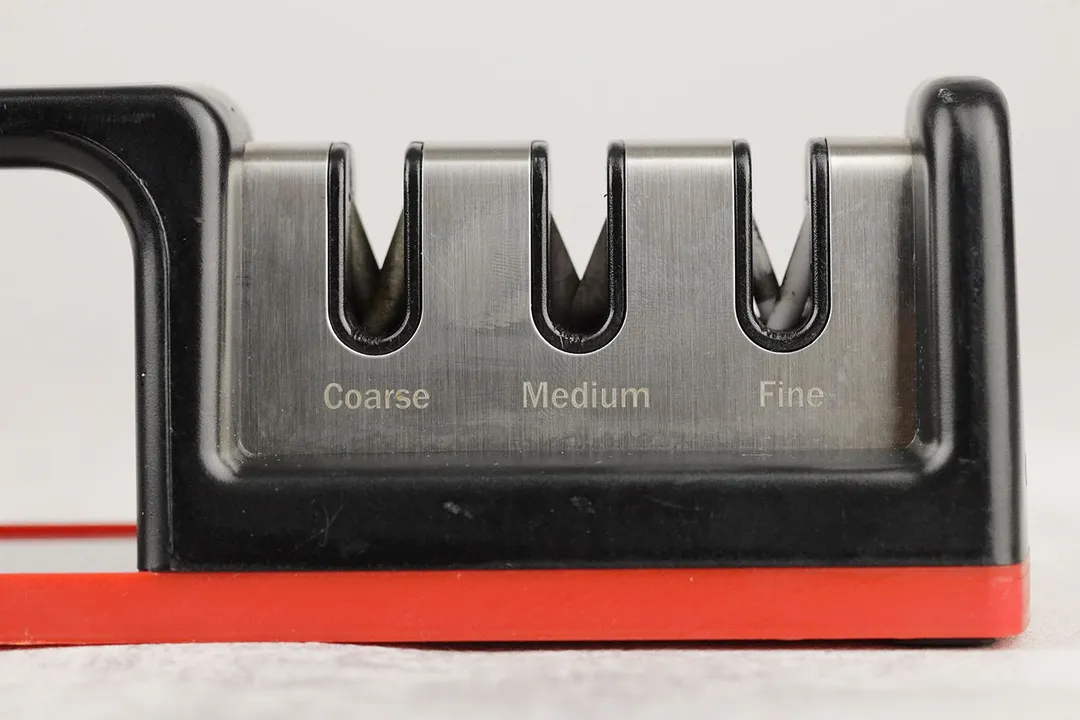
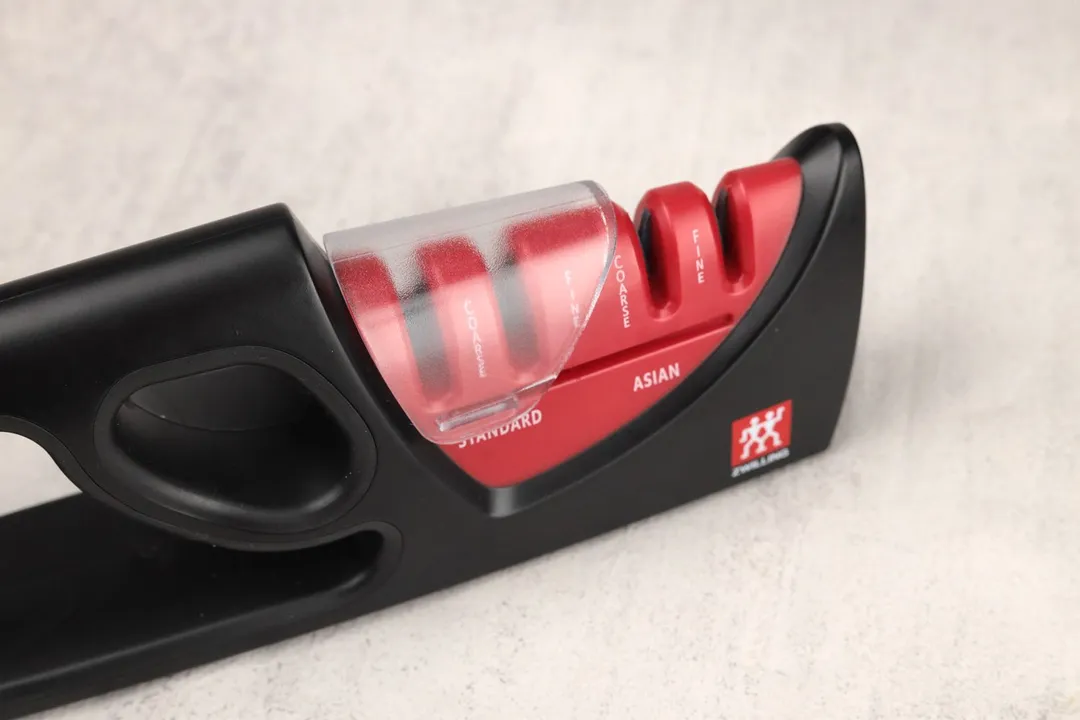
Base

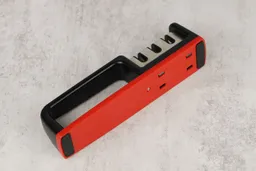
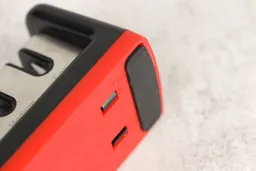

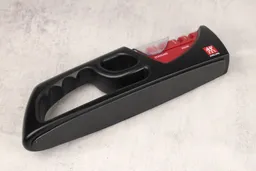

Grip
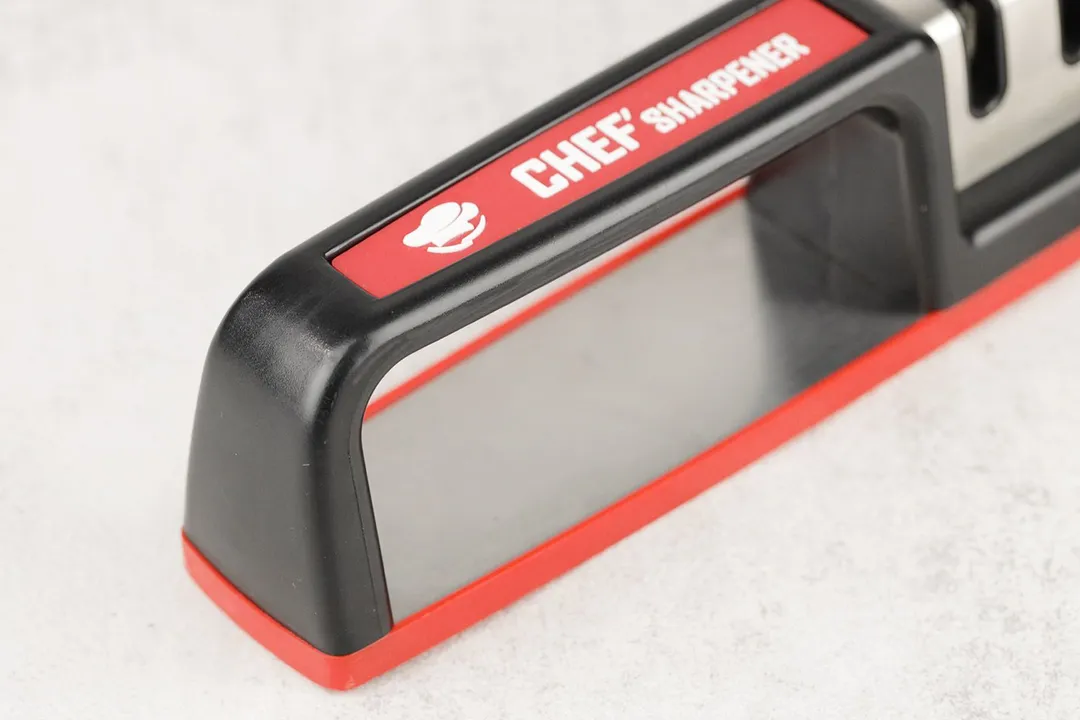
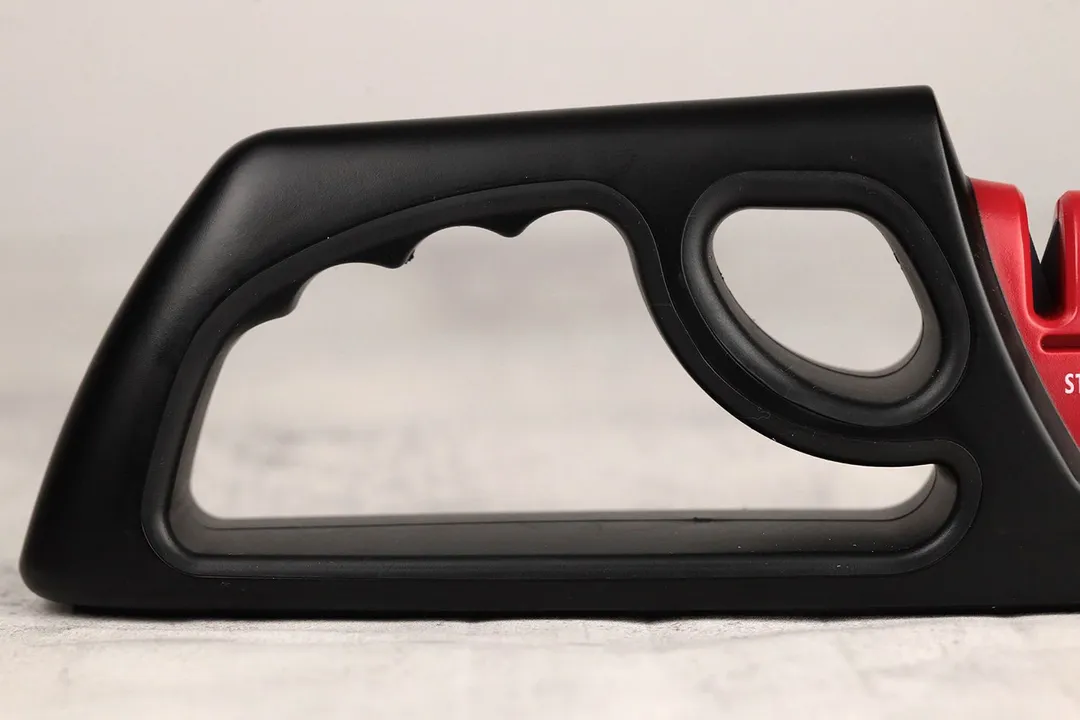

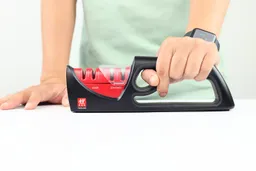
Usability
Slot Arrangement
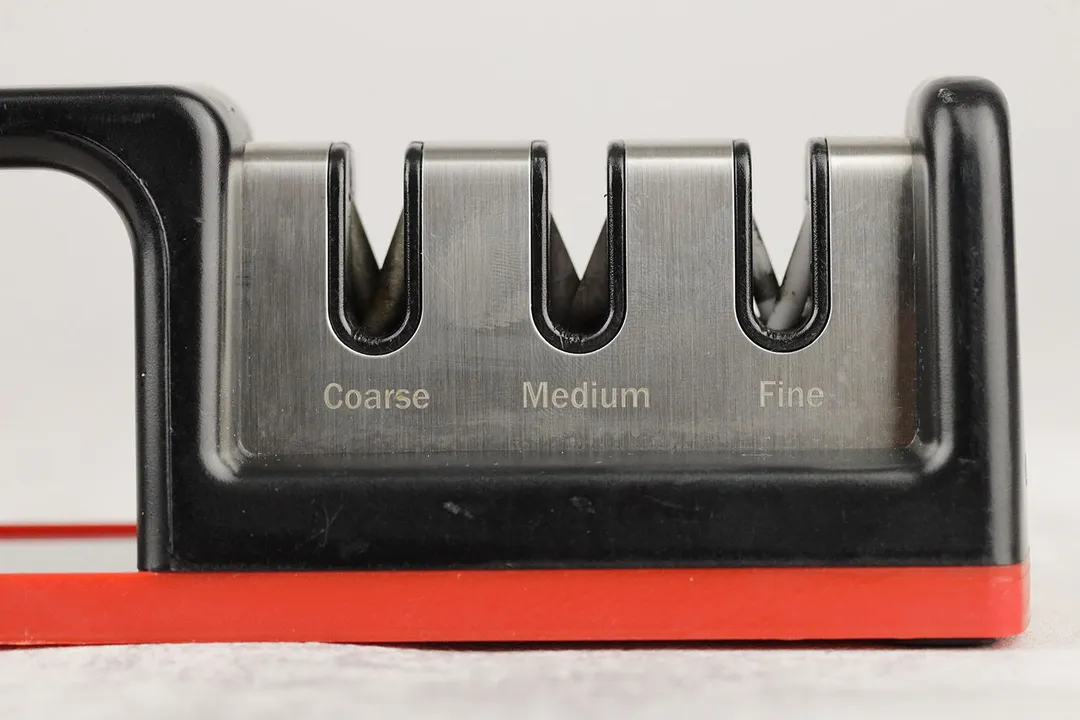

Insertion
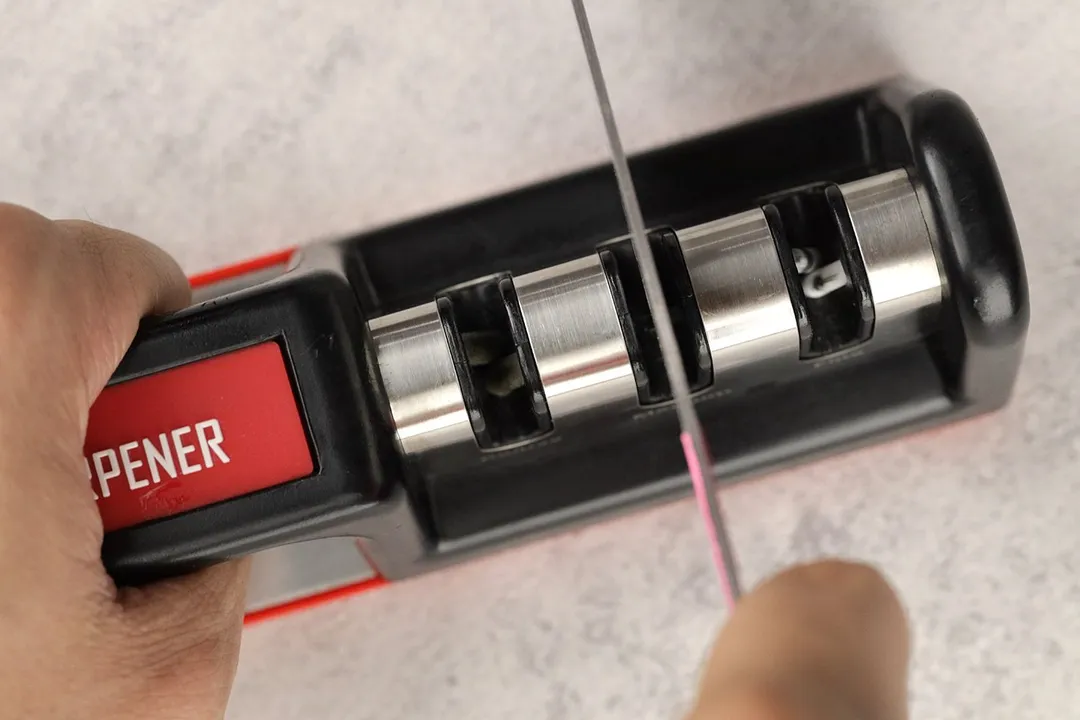
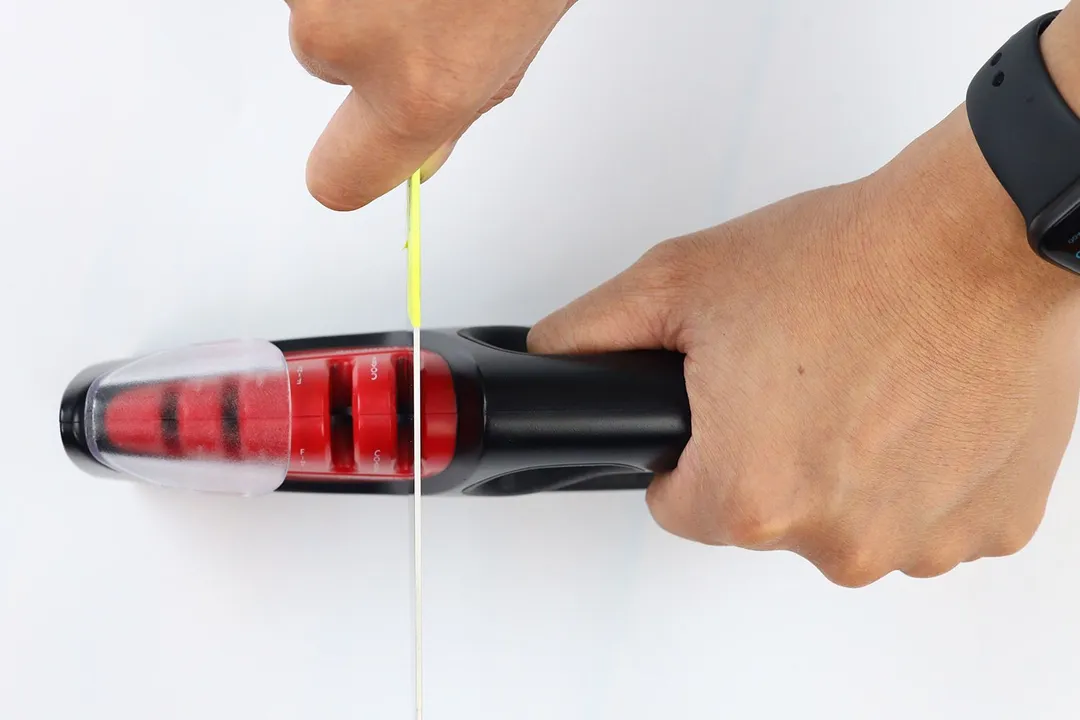
Pulling Through
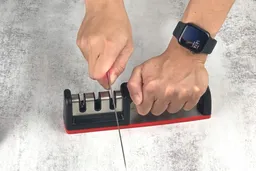
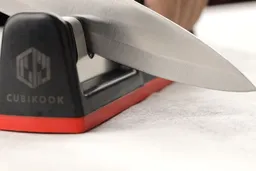
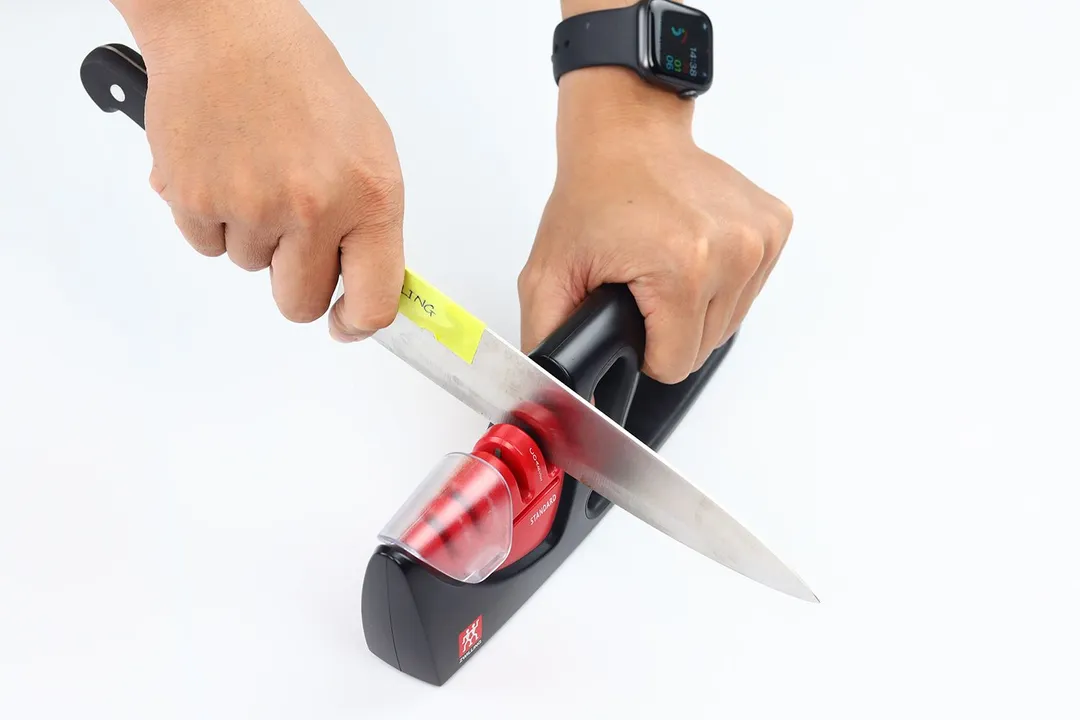
Stability on a Clean Surface
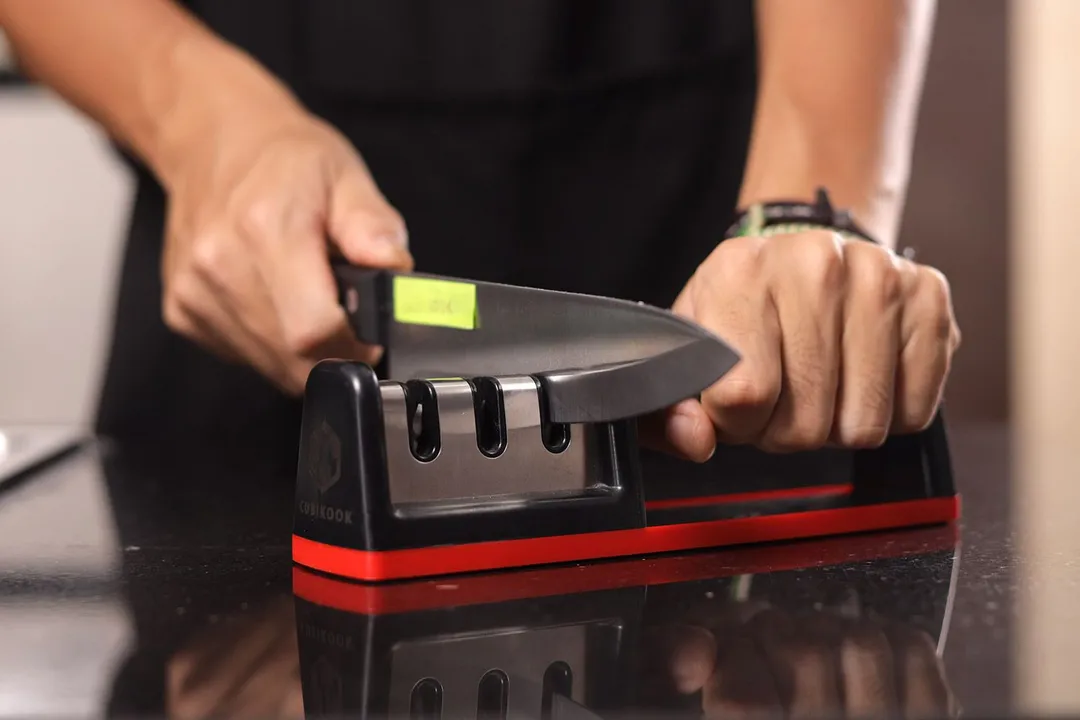
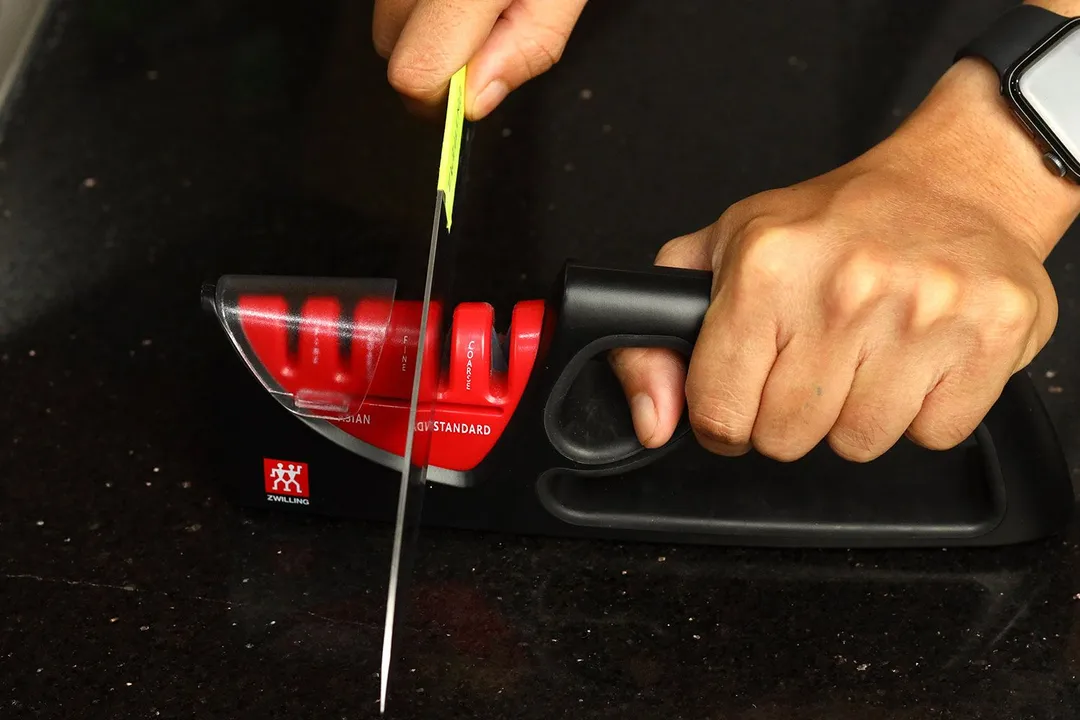
Stability on a Wet and Dirty Surface
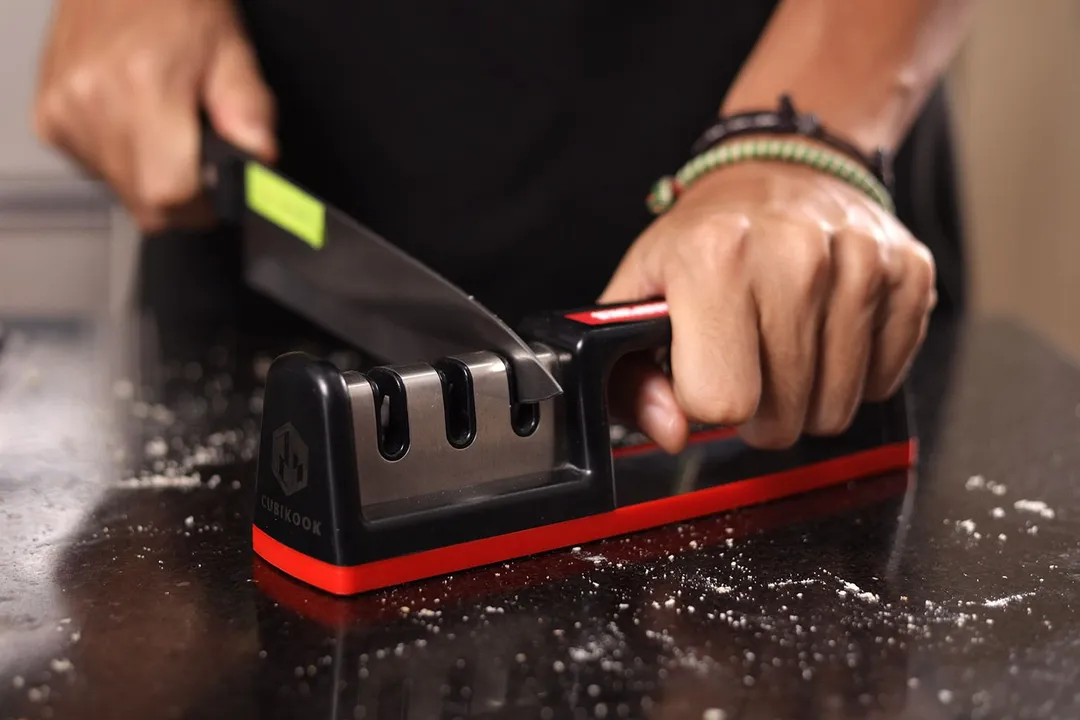
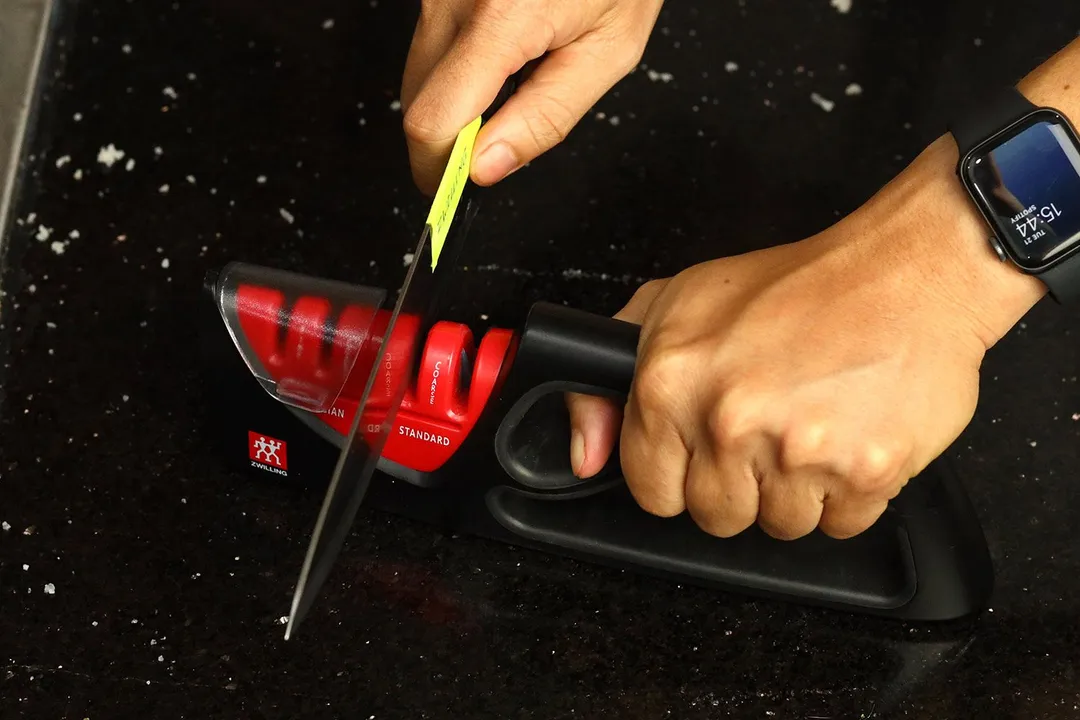
Behind the Comparison
Anh Ngo is a writer with 9 years experience at different media outlets, covering from public news and events to product testing and analysis. At HealthyKitchen101, she works across different departments, communicating closely with its network of writers, editors, and health, tech, and search engine experts to provide a meaningful and pleasant reading experience for visitors.
Lap is Head of the Research, Testing, and Review Team (RTR Team) at HealthyKitchen101.com, where he directs and supervises the testing of kitchen gadgets and appliances.
Nguyen Ntk is a graphic designer, photographer, and videographer whose philosophy centers around respecting and celebrating the beauty of reality. Through his lenses, Nguyen strives to capture the true essence of objects and events, showcasing and highlighting authentic features without distortion or exaggeration.



